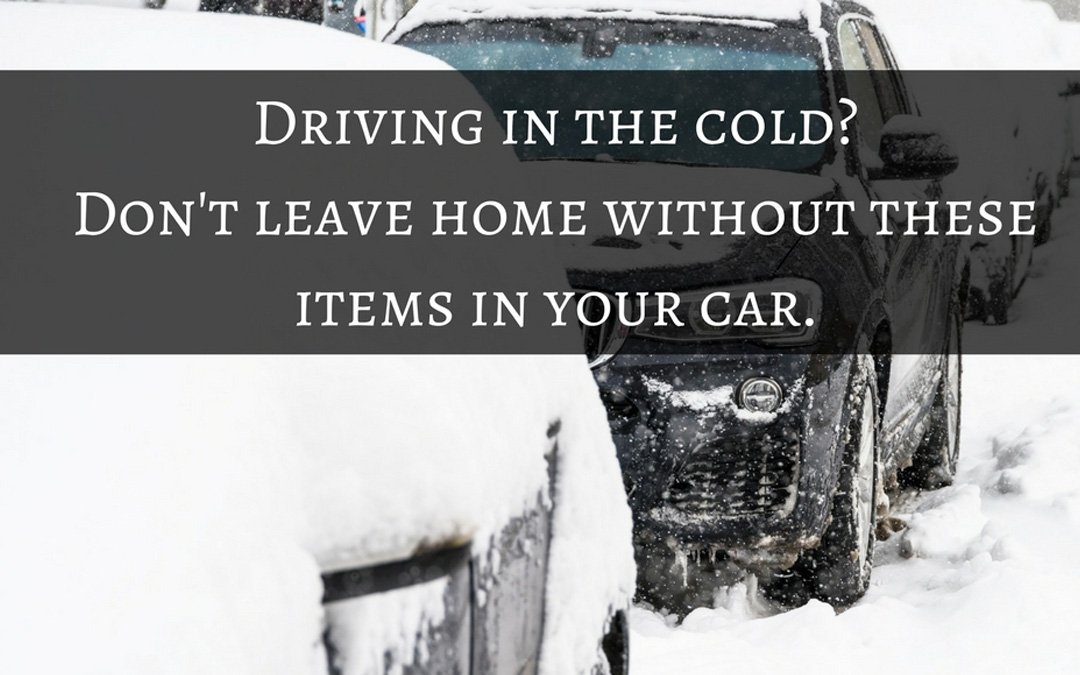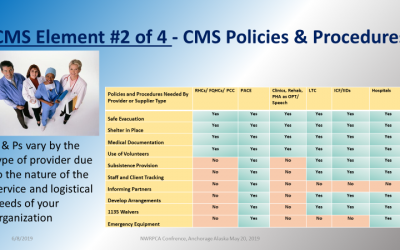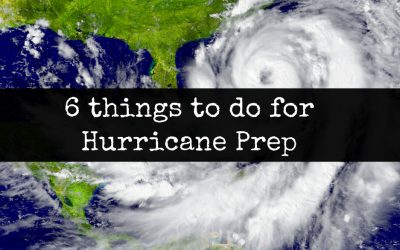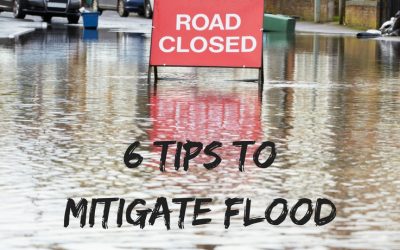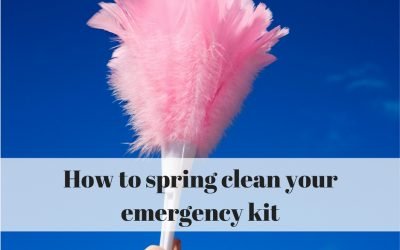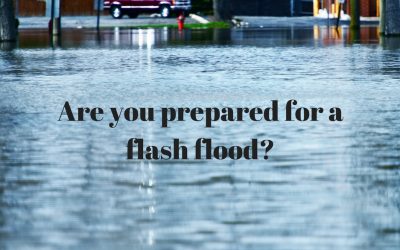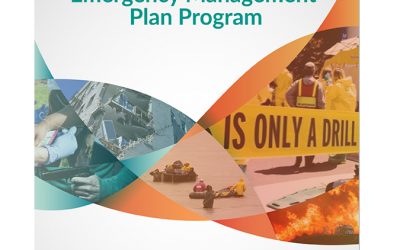Winter driving is a learned skill. It’s mastering the roads and potential storms, it’s maintaining the right temperatures and it’s making sure you’ve got supplies in the case of an emergency. Driving is hard, period. With adding the winter elements, it can get really tricky. Preparing your car for winter doesn’t take long, but it just might save your life. Here are our tips on what to have in your vehicle and how to get unstuck in the snow.
Icy roads and poor visibility are reasons to avoid the roads, but if you have a trip planned, you need to consider how to protect yourself should anything happen.
Make a check-list. Don’t go on long trips without the below necessary items. And don’t forget to tell loved ones where you are going if you are traveling the roads alone at night. Being one step ahead can make all the difference.
Be sure you are wearing appropriate clothing for comfortable driving. Clothing should also be worn in layers to safeguard against cold temperatures. Don’t wear summer clothing and crank the heat. You never know what could happen out on the road.
Extra blankets and clothing items should be stored in the trunk. Thick gloves, wool scarves and hats, and extra socks will be useful should you become stranded somewhere. Popular with ice fishing and jobs that require extended exposure to cold temperature, hand and feet warmers are nice to have and can make a world of difference.
Road flares are a must have. They signal your location and serve as a call for help. In addition, they create a barrier for your car and the road should your car become stalled on the side of the road. It’s a visual that alerts other cars to your whereabouts.
First-aid kits are essential. Make sure they are full of standard but necessary items like alcohol, large bandages, gauze, band-aids, tape, and ointments. Have a bottle of hand sanitizer and an extra gallon of water, too.
Keep a spare tire. Learn how to fix a flat fire. If you don’t have an extra tire or know how to fix one, then make sure you have AAA or any other service that can offer roadside vehicle assistance. Or buy a fix-a-flat can for a temporary solution.
Have a few non-perishable food items in your car. Go for high protein sources like canned beans and nuts. Dried fruit offers plenty of sugar and carbohydrates. Avoid packaged bread items as they will not supply any nutrients needed for the cold weather and often will expire before you need them.
Do not leave your house without a cell phone charger. Have an external charger in the glovebox. In today’s society, the phone has become a lifeline. Without it, you’d be hard pressed to get out of a potentially life-threatening situation.
Have a set of jumper cables. You might not be able to carry around an extra battery because of weight and safety, but jumper cables will get you to where you need to go.
Getting from point A to point B in the snow or cold weather can certainly be a challenge, but leaving your house prepared will make the ride much smoother.
